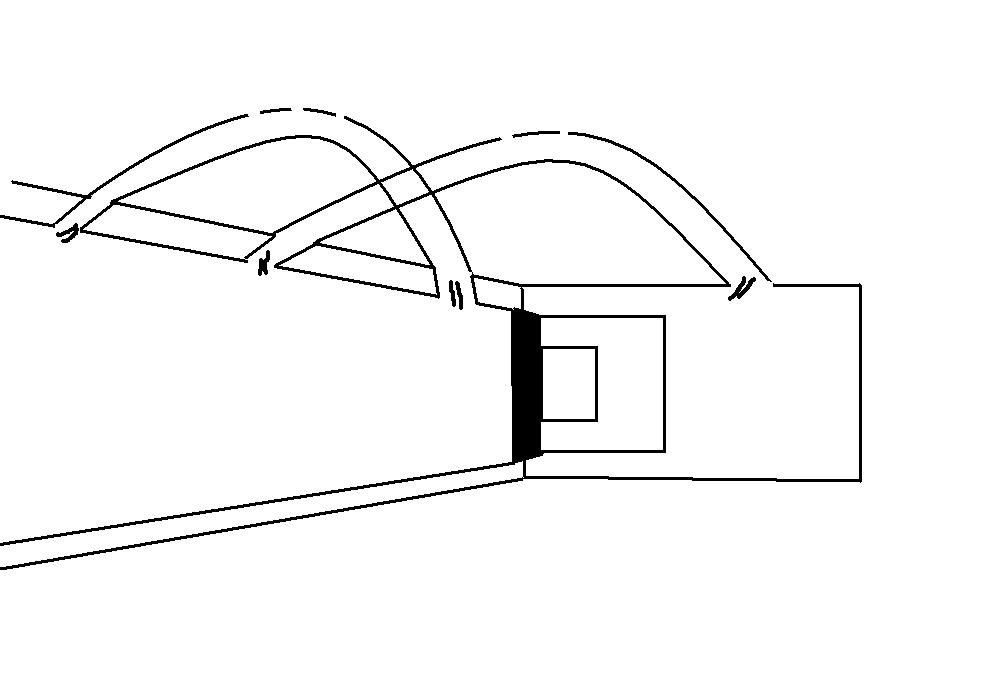Rerurn to Romy the Cat's Site
In the Forum: Horn-Loaded Speakers
In the Thread: The 5-ways from Germany.
Post Subject: German virtual reed!Posted by Romy the Cat on: 12/8/2010
fiogf49gjkf0d
A few days back I got a hold of an article in some kind of French publication and a site reader helped me to translate it. In the article Klaus and Reinhard reported that Arthur Benade’s helped them better understand the propagation of sound in horns. From the article the gist- translation:
“…Arthur Benade's work centered not on horns for audio, but on horns as musical instruments (physics of woodwinds 1960 and of brass 1973) stressed the influence of acoustic impedance of the reed (or lips working as a reed) as well as the theory that sound does not "exit" from the instrument, it is produced by an interaction, a "collision" between the sound emitted by the reed, the stationary waves, and the "back waves" (reflected waves formed at the mouth of the horn). These lessons have been employed in recent research, notably in an acoustic lab in Le Mans, France and at the CNRS (Centre National de la Recherche Scientifique). As a result of this research, in horn audio, we can deduce that the micro vibrations of the horn walls, though at -40dB relative to the sound emitted at the mouth, serves to color and give personality to the sound. Furthermore, beyond the formula of a "well-calculated" horn, these micro vibrations, particularly those near the throat, could have an indirect but spectacular effect on the geometry of the air column vibrating in the horn.”
Then below:
“…. The V-arrangement of the dual Goto SG-38W drivers was the result of many trials, backed up by and discovered while conducting a series of acoustic measurements and listening sessions. The V-arrangement is not symmetrical. The parallel but out of phase wiring of the coils allows, in the case of a positive signal, a "pinching" (throttling) effect in the forward propulsion of the air, and in the case of a negative signal, the opposite effect (a vacuum); think here of the reed effect stated above...”
This is superbly interesting. It looks like Klaus and Reinhard took my Resonance-Oops idea much further and were able to inject into the horn an active “Resonance-Oops” element but contra-phasing double driver on a single thought and use the neck length as the Resonance-Oops bias. I would say that it is a brilliant idea if it works. Of close to assess how it works is necessary to hear the thing - it is all about execution. Conceptually I might be possible to do not do what Klaus and Reinhard but to have a bass thought with a delay channel. Shaping the entrance to the delay channel, the delay channel geometry and the delay channel acoustic résistance I think it is possible to get the similar effect with a single driver and do not lose too much of the channel sensitivity.

Anyhow, the idea ether as Klaus and Reinhard did is or as I propose to do it is hugely stimulating and I hope someone will take upon it.
I do have my own attitude toward musical interments as I feel that horn-shaped musical interments and audio horn are in fact different devises, called to address different tasks. Still, the injection of virtual reed into the driver and getting the Resonance-Oops out of it is truly great idea. If I go to Germany again then I would like to hear it.
There is an interesting catch in what Klaus and Reinhard did with their virtual reed. Is it tuned by speed or by pressure? That is very interesting as it would indicate it the virtual reed might act as “coloration”. To shape the question differently: Will the change of output impedance of amp will require changing the way how the virtual reed is tuned (length of the one leg of the Y)?
Rgs, Romy the CatRerurn to Romy the Cat's Site